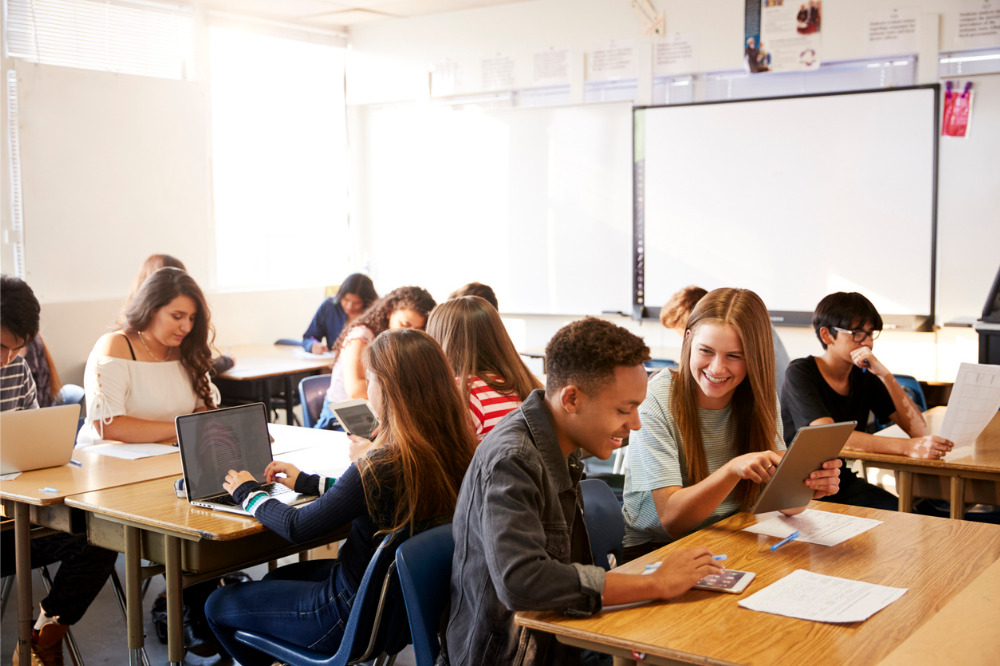
A school's legal duty of care to its students is at the forefront of everything they do, with systems and procedures are put in place to ensure that duty of care obligations are met, and each student is safe and accounted for.
But, as with anything in the current era, as new technologies emerge and learning styles broaden, approaches to maintaining and improving duty of care are evolving.
What is duty of care?
Duty of care is a legal commitment by all school staff to protect their students from any foreseeable risks while on school property or under supervision.
This duty of care is far-reaching, extending to the likes of learning needs, student safety, welfare, supervision, travel and inclusivity.
Duty of care and online learning
"As students enter this new world of online learning, never has online safety been so important." - Julie Inman Grant, eSafety Commissioner.
The rapid shift to online learning in 2020 had many schools scrambling to re-assess the way they provide reasonable care to their students, with the focus on student wellbeing shifting more from physical to mental.
Even with classrooms empty, schools still have a duty of care to uphold and should have solid procedures in place to ensure students feel supported to reduce stress, anxiety and feelings of being 'left behind'.
Using technology to enhance duty of care
The software and technology used within schools is constantly evolving, so the way that schools track and maintain their duty of care is always improving. With students leading increasingly busy lives, schools can turn to technology to stay on top of student activity and whereabouts.
A great way to track students who aren't in class is by providing self-registration portals at commonly visited locations, such as sickbay. This provides an opportunity for students to say "this is where I am."
Registration portals at locations such as counsellors and music lessons will allow students to check-in and out, giving teachers peace of mind that students have made it to and from scheduled appointments.
Integrating this technology with your rollcall system and highlighting check-ins gives teachers full transparency over student movement.
For events that occur outside of the classroom, such as excursions, 'custom' rollcall facilities will allow teachers to capture additional attendance while students are under the school's care.
Data privacy, security and access
With all this new technology making duty of care easier, it is important to remember that your school is also responsible for keeping this tech safe.
Some things to consider are:
Ensuring that any third-party software or web application is thoroughly checked and cleared before it is accessed and connected to internal systems
Checking that your school's security policies encompass the safety of your digital and online environments. These policies should cover prevention plans and school standards for anything from external cyber-attacks to cyberbullying.
Thinking about who needs access to your database and to what specific areas. Reflect this in your policies which should outline network and system access, using role-based permission levels.
Duty of care is something that will always evolve as new technologies, learning styles, and risks arise. Staying on top and utilising the latest technologies can help you provide quality care to your students and create a safe learning environment for your whole community.


